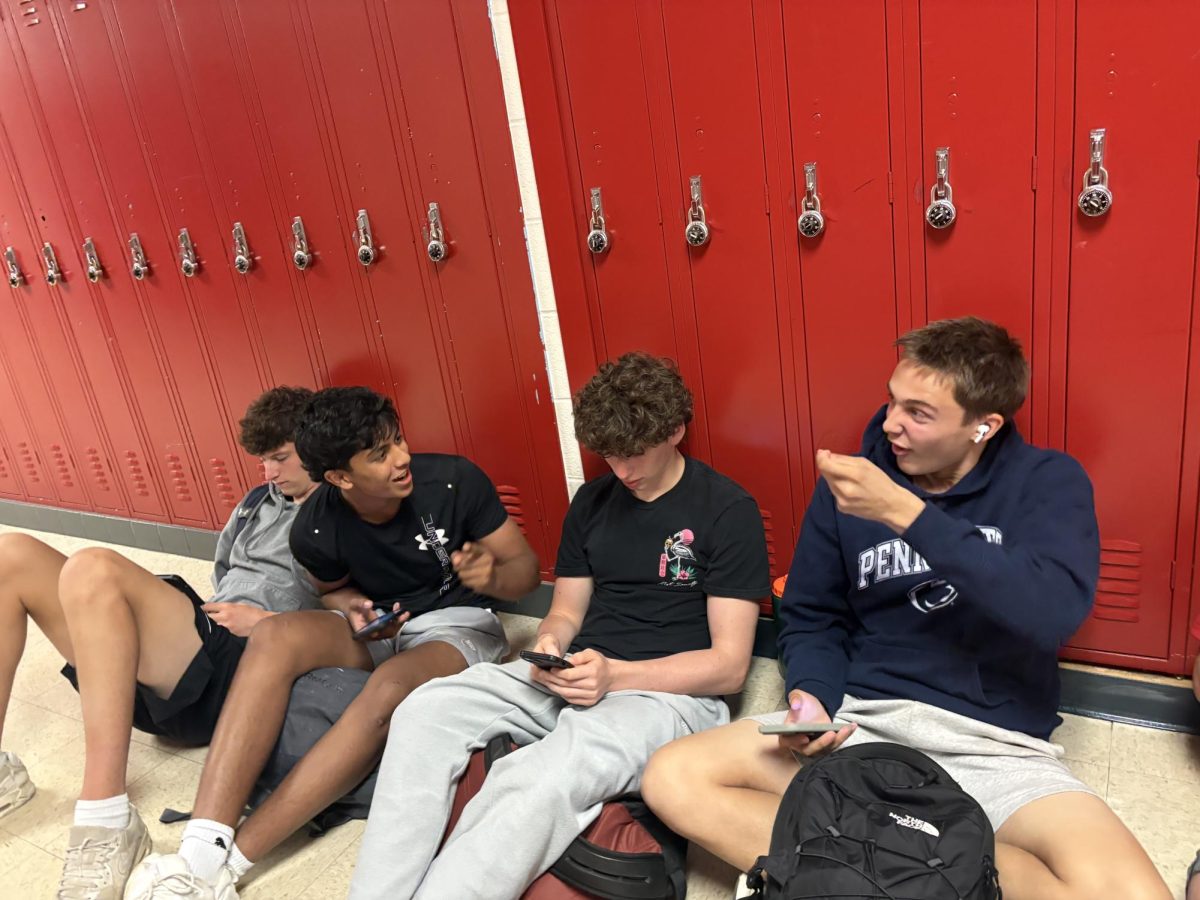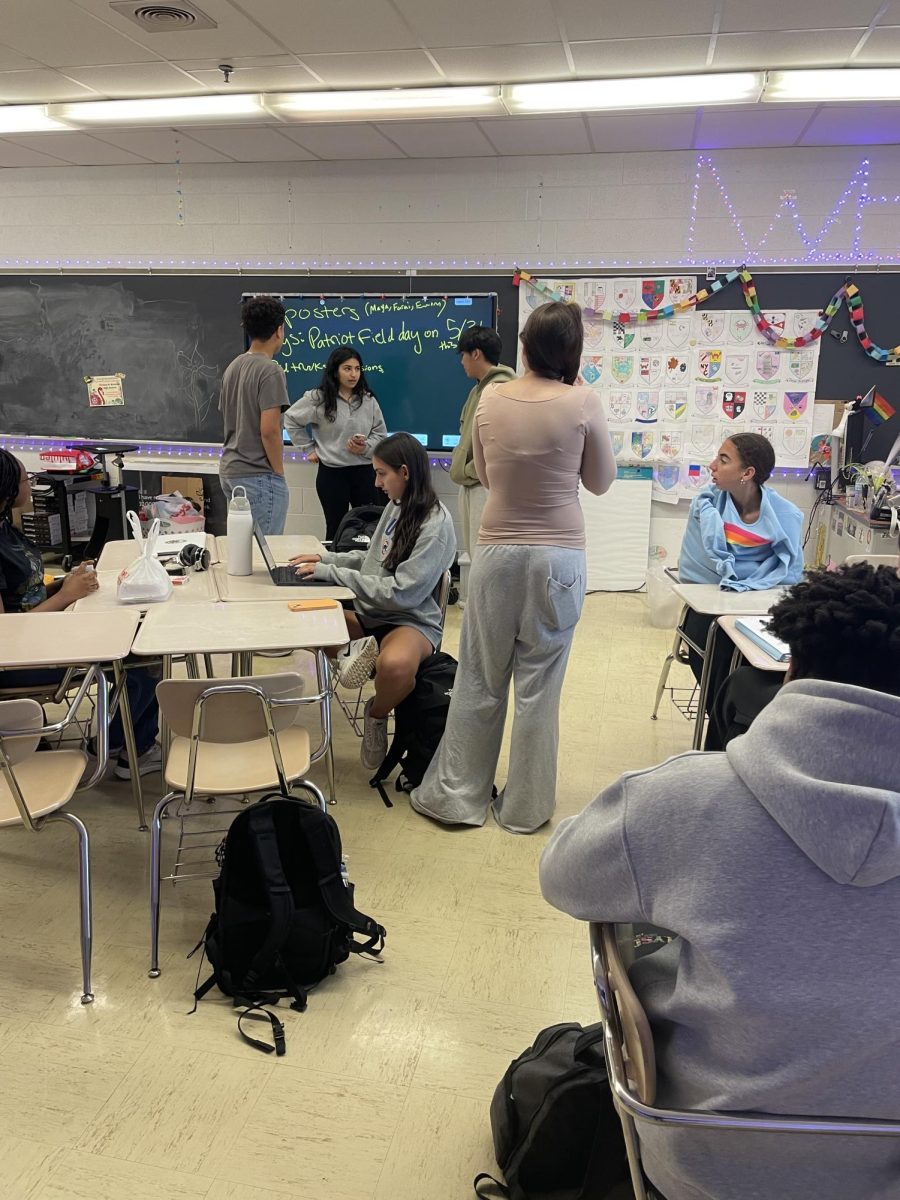Walking into first period, the teacher clears her voice and begins to go off a tangent about the Crusades during history, while the rest of class is busy copying down the Powerpoint bullets. Eventually, second period comes around, and that teacher is a remote figure behind their desk while the entire class does group work.
Every teacher has their own preferred method of teaching that is both more fit for them and their subject. According to Concordia University-Portland, the five main teaching styles are: the authoritarian, the demonstrator, the delegator, the facilitator and the hybrid.
The authoritarian is a lecture style of teaching. The demonstrator is when the teacher teaches as a coach would. The facilitator enjoys teaching with activities. The delegator is when the class learns through more group work. The fifth style of teaching is a blend of all four previous discussed styles, known collectively as the hybrid. The different teaching styles have different effects of students depending on time of year, subject, concept and personal preference in general. There are also positives and negatives to any teaching style.
The authoritarian style of teaching is teacher-centered and involves long lectures that are one-way. Students are expected to take notes and absorb information. The pros of a lecture style teaching is that it is a skill needed for certain higher-education and lecture hall settings with large groups of students. The con is the little or no interaction with teacher or peers, which can get boring.
The demonstrator style gives teachers formal authority by showing students what they need to know. The demonstrator does multimedia presentations, activities and demonstrations. The benefits of the demonstrator style of teaching is that it gives teachers opportunities to incorporate a variety of formats depending on the specific concept. The negative is that it is difficult to accommodate each students’ individual needs.
AP Psychology teacher Amy Buckingham teaches with powerpoint presentations but also lets the class do activities related to the learned information as well. During the brain unit, Buckingham teaches us about the brain through presentation slides but once all the slides are gone-through, she assigns a brain-project the class works on in small groups to develop hands-on understanding.
Junior Caroline Saenger likes the demonstrator teaching style the best. “I am happy with different teaching styles as long as it is not the authority style, because then I won’t retain anything. I can not sit in class and just take notes the whole period even though I do have to do that in some of my classes,” Saenger said.
Considered a modern style of teaching, the delegator style of teaching is best suited for subjects who need peer feedback like debate and writing. It is also good for subjects such as chemistry and biology, which require labs. The teacher plays more of an observervatory role rather than a directing one. The benefits are guided discovery and question-based learning that inspires students by working together to achieve common classroom goals.
AP Environmental Science teacher James Forsberg teaches with the facilitator style. Spending only a little bit of time on notes, students learn primarily through labs that apply learned knowledge into the real world. When learning about the predator-prey relationship, students were given a bean lab and when results were graphed, a visual relationship was presented.
Junior Vincent Ma likes the delegator style the best. “I prefer when teachers allow for occasional group work, but also helps demonstrate concepts so we can better understand them. I find this method used more for math and science classes but I think group work beneficial for all classes,” Ma said.
The facilitator style promotes self-learning and help students develop critical thinking skills and retain knowledge. The pros to the facilitator is that they train students to ask questions and helps develop skills to find answers themselves. This style is found more in AP classes and is ideal for teaching science. The cons are that it challenges the teacher to interact with students rather than lecturing facts and testing memorized knowledge.
AP Language and Composition teacher Nicholas Hitchens teaches with the delegator style. Most days consist of literary discussion as a class where the teacher stimulates and prompts the class with questions. While reading The Great Gatsby, Hitchens guides the entire class with ideas and observations but the class as a whole partakes in the majority of the conversation.
The hybrid blends the teacher’s personality and interests with students’ needs. The pro is that it enables teachers to tailor their styles to student’s needs. The con is that the hybrid style may be unsuitable for all students, and students will not learn at equal paces.
Calculus teacher Barbara Silcox uses the hybrid approach when teaching math. When learning derivatives for example, the class will go over examples of derivatives and collectively identify the pattern. Then, students will be able to work in small groups to do more complex problems that build on top of the concept. “I teach with the hybrid teaching style because different styles depend on the activity, the progress and the concepts itself. When it comes to math, we usually teach it, and then the students try to do it. This way, knowledge is better retained and understood. We try not to just talk since it is not helpful to watch and copy the teachers’ work. Ultimately, it depends on the students and the time of the year, since students have to adjust in the beginning,” Silcox said.
Hannah Ho
Back Page Editor








